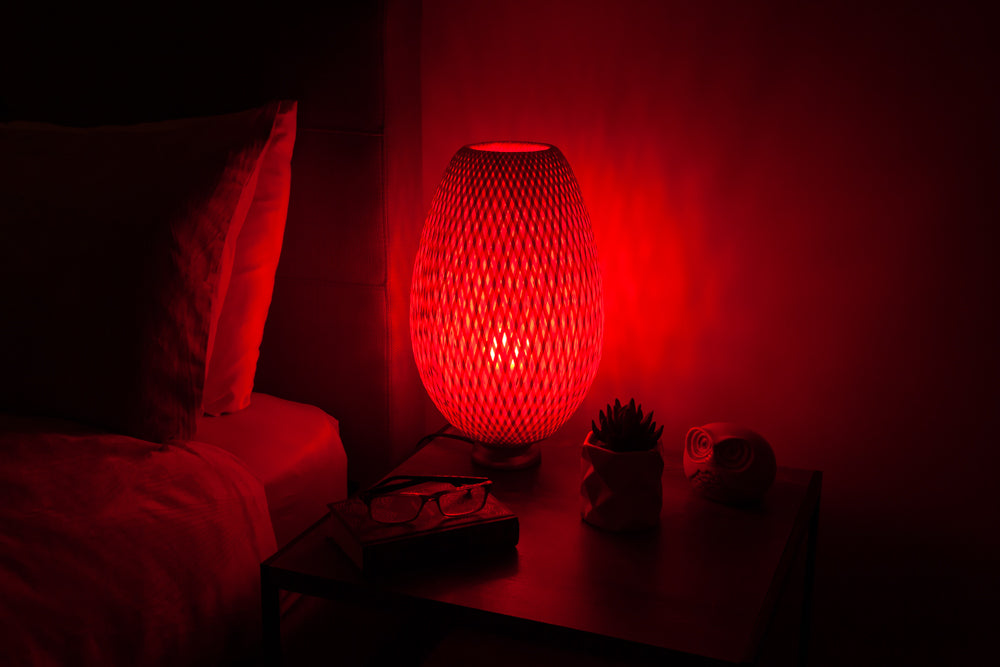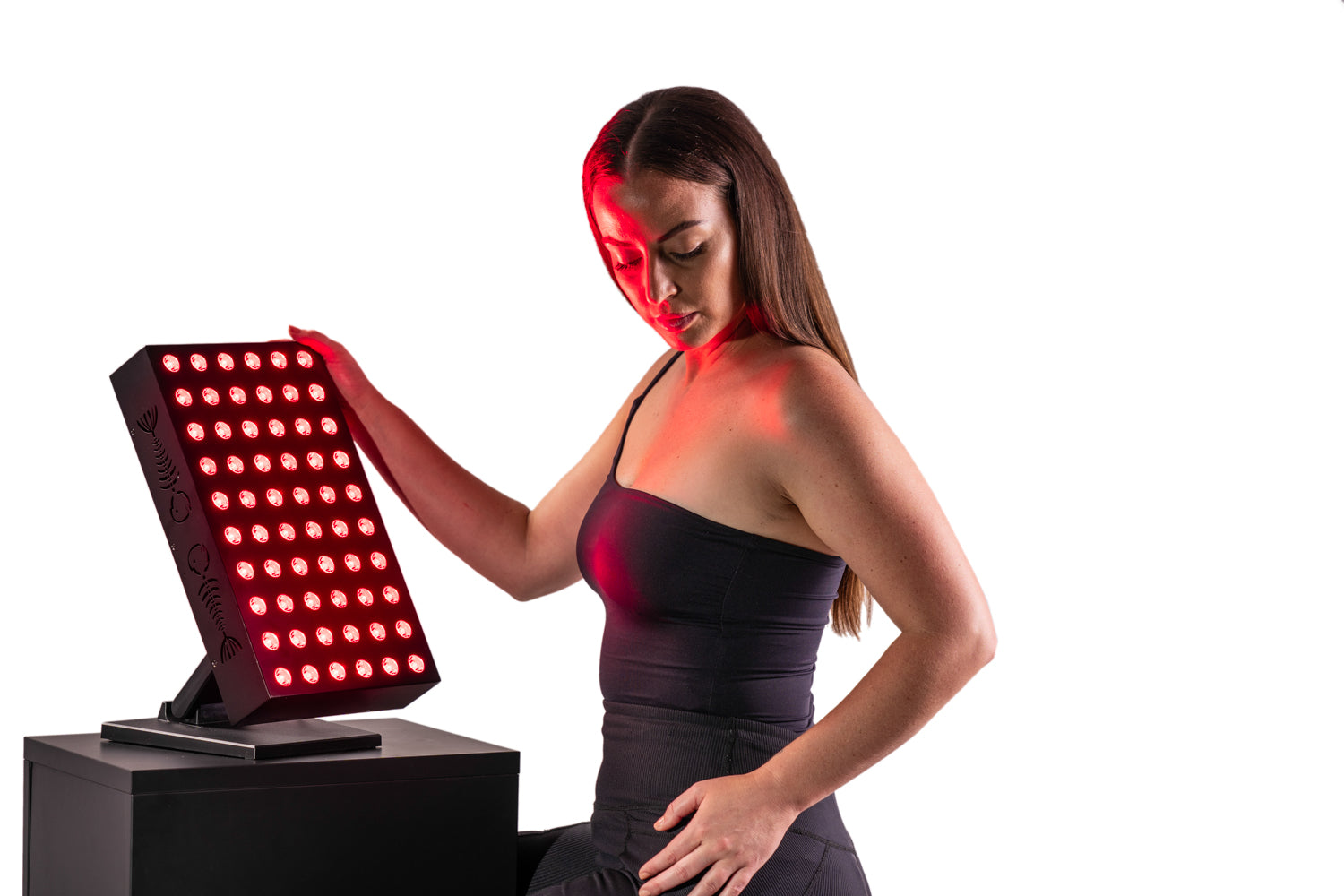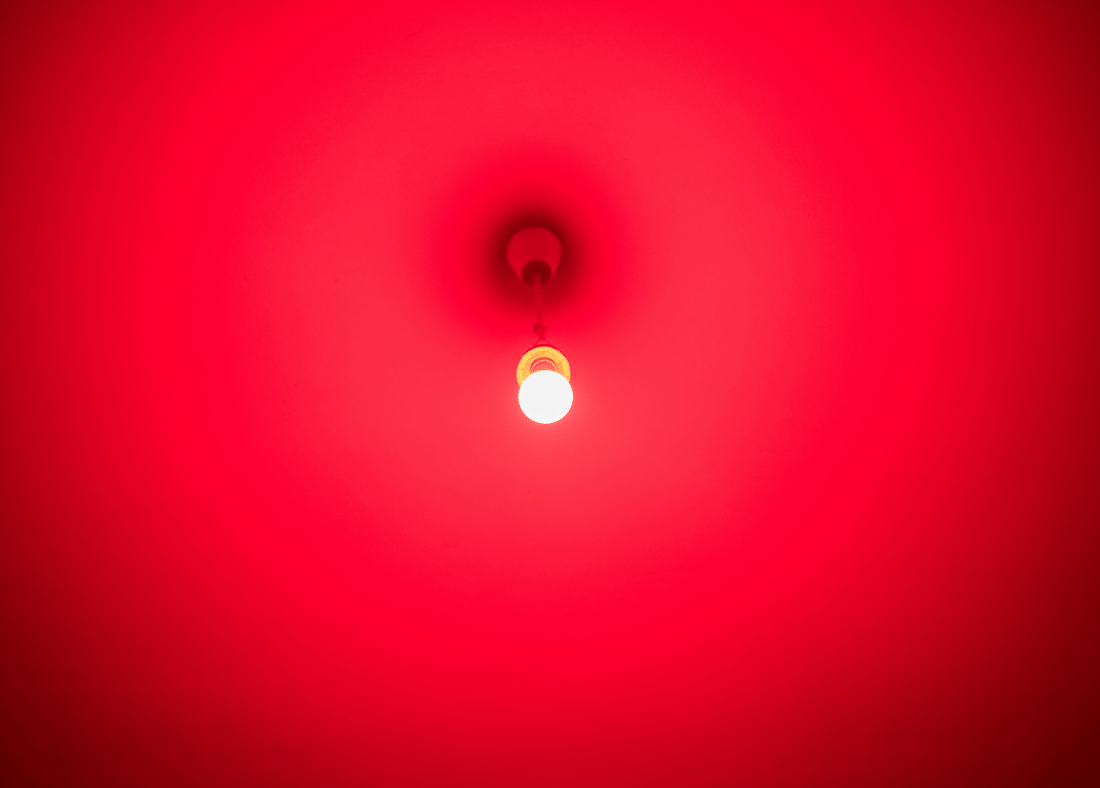Does Red Light Help You Sleep?
Andy MantYou are probably in need of a better night's sleep if you are reading this article. Millions of people worldwide report sleep conditions or trouble sleeping. Lack of good quality and quantity of sleep is a growing health concern across the planet.
Increases in working hours, daylight savings and social jet lag are all contributing to a lack of sleep.
There are many factors that can negatively impact your sleep. We encourage you to speak to your medical practitioner should you have ongoing sleep issues.
Types of Sleep
There are two hypothesised pathways that influence the sleep cycle of human beings: circadian rhythms and sleep pressure. Both pathways lead to sleep and ensuring they run optimally is paramount to a quality night’s sleep.
When human beings evolved, we developed a circadian rhythm which is our internally body clock. Located in the brain this master clock system detects external environmental stimuli to regulate our sleep/wake cycles.
Our internal clock detects and translates wavelengths of light into messages to tell the time of the day. When its daytime blue light is present which signals to our circadian clocks that it is daytime and to feel alert and awake.
The absence of blue light after sunset signals to our brains to feel relaxed. Our distant ancestors would then have gathered around a campfire and relaxed in front its warm red light glow.
Sleep pressure works slightly differently and does not involved external environmental stimuli. When we go about our days, biological and cellular processes required energy in the form of adenosine triphosphate (ATP) to function. ATP leaves a by-product called adenosine behind.
Once the adenosine levels hit a certain threshold in our bodies, it can induce the need to sleep. This usually happens at the end of the day and works in combination with our circadian rhythms to include sleep.
However, we know use adenosine blockers in our everyday world without consciously knowing it. Caffein, found in coffee, colas and energy drinks can block our body’s ability to detect adenosine in our bodies. This can trick the brain into thinking we have more energy than we do, which is a bad idea before bed.
Blue Light Disrupts Your Sleep
Blue light is a high energy packed frequency of light that tells our circadian rhythms its daytime. Blue light can affect our sleep negatively.
Blue light is emitted by the sun during the day and is paramount for an optimal circadian clock system. Historically, humans were only ever exposed to blue light during the hours of sunlight. After sunset our ancestors would have had no exposure to blue light, just red light from lamps, fires and candles.
Since the advent of white light LEDs, we have now placed hundreds of mini artificial suns in our evening routine. Whether they be found in our home lights, televisions, computer monitors, tablets or fridges these, LEDs tell the brain its daytime.
It's these frequencies of light that are damaging our sleep. To reduce the amount of blue light after sunset wear a good quality pair of blue light blocking glasses.
Red Light Helps You Sleep
Blue light has a high colour temperature which allows it to keep us awake. Red light has the opposite effect and helps us unwind with its low colour temperature and low energy. Red light has been used for thousands of years after sunset to help us unwind before bed.
Melatonin is secreted after sunset which is needed to help us get better sleep quality and quantity. The chart below shows a distinct banding of light that disrupts melatonin production. Red light runs from 600nm to 800nm which the graph shows have zero impact on melatonin production. This makes red light the perfect colour light to use before bedtime.

Some red light bulbs are just painted red and still emit blue light. Ensure you see spectral reports for any red light bulb you may be interested in purchasing to ensure you get the best efficacy. Good sleep is a combination of red light and the absence of blue light after sunset.

Red Light Therapy and Sleep
Red light therapy devices have also been shown in studies to have a profoundly positive impact of sleep. Using a red light therapy device 20 to 30 minutes with closed eyelids a day is a great place to start. Red light therapy panels come in lots of different sizes, from handheld devices all the way up to full body panels.
For instance, one study showed that sleep quality significantly improved in endurance performance athletes who administered red light therapy vs a control group. This study provided evidence that melatonin levels improved in the group that used red light therapy vs those who did not.

Another study utilising red light therapy devices showed that people with sleep inertia, whose symptoms include waking up feeling groggy, can be improved. According to one study participants who received red light therapy reported experienced more restful sleep after just three weeks continued use when they had this sleep disorder.
Red light therapy is a good alternative to just using blue light blocking light bulbs. By using a red light machine you can achieve other benefits such as weight loss, improved skin appearance and muscle recovery following exercise. The red color light can also help improve your sleep. Improved sleep quality will help you feel refreshed and full of energy the next day.
What Colour of Light Helps you Sleep? Final Thoughts
Both the absence of blue light and presence of red light at night are essential for a better night’s sleep. Blue light blocking glasses should be utilised after sunset to block circadian disrupting blue light from impacting our sleep. However, we have shown some studies that support the use of red light to improve melatonin production and positively influence sleep.
Naturally occurring sunlight is essential along with red light after dark, for better sleep. Blue and white light wavelengths impair our bodies ability to make melatonin and its these types of light which can negatively impact our sleep.
Learn how to choose the best red light book light here.
You can achieve a sleep friendly environment by having blue light blocking light bulbs (red light bulbs) in your house. Red Light Lamps and Book Lights can be a great asset to helping you sleep better. If your budget allows you can purchase a red light therapy device.




